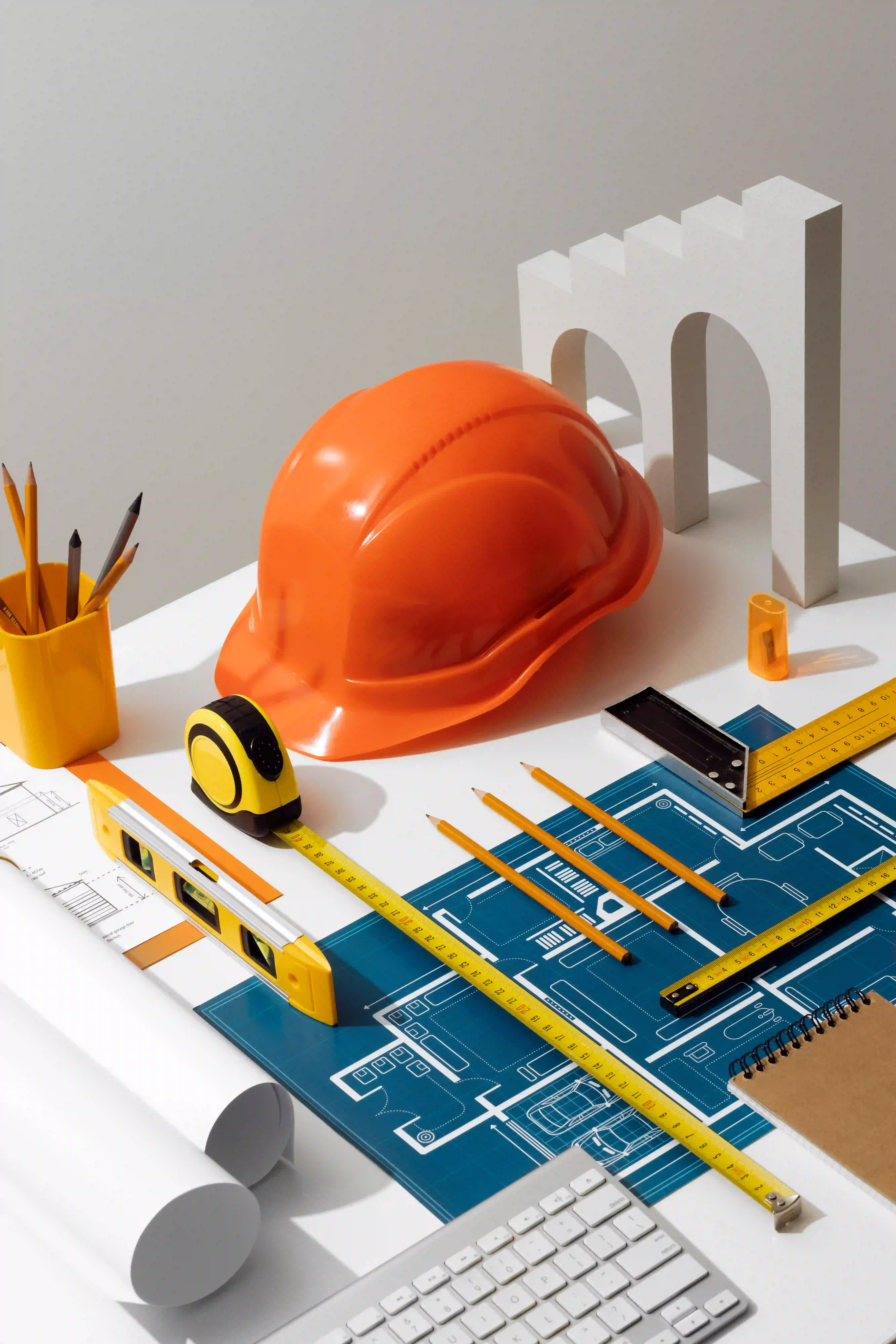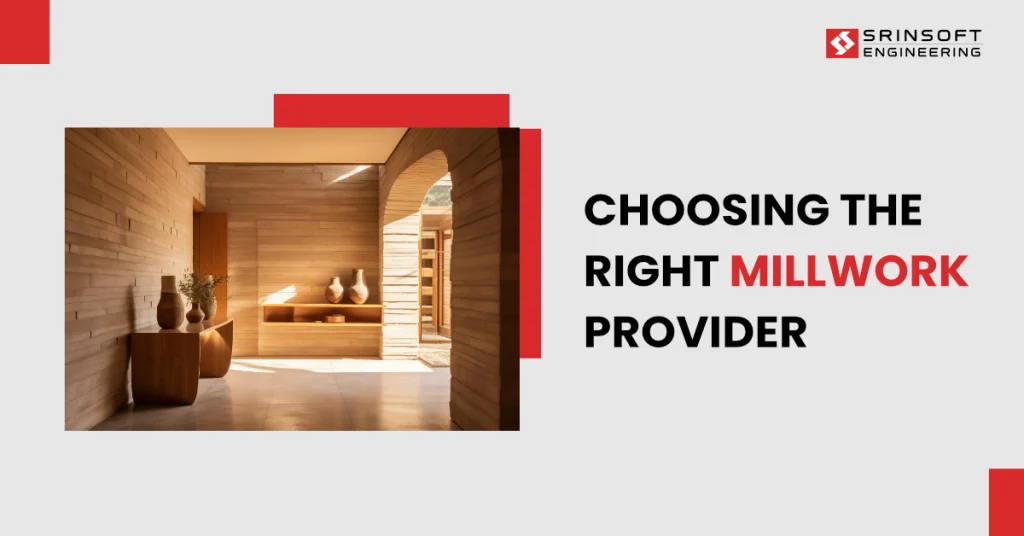
Designing fire sprinklers and pipe layouts involves extensive manual calculations to ensure compliance with applicable regulations and standards.
As buildings become more complex and safety standards become more stringent, automation in the field of fire protection design enables designers to enhance design accuracy and precision.
We’ll explore how automation boosts efficiency in Fire Protection Design.
Traditional Methods of Fire Protection Design
Before the emergence of automation, fire sprinkler systems depended on a meticulous process to ensure that the building design met fire safety regulations and standards.
The process begins with a deep assessment of the building layout, including identifying hazard areas on each building floor based on specific zones or rooms to expose where fire sprinkler systems are required.
This involves manually determining the Hazards and sprinkler classification on each building level, which will execute the type of sprinkler system and Building use required.
Next, the layout of the pipes is viral and to be planned to connect all the fire sprinklers via range pipes to the main pipes, considering the control valves and other aspects.
This involves manually determining the size and type of the pipes to be used as well as the spacing from the sprinkler heads based on the classified hazard and building structural use.
Once the design is complete, the building layout must be examined to ensure compliance with all the necessary local fire safety regulations and standards. After approval, the installation process can begin.
In short, designing a fire sprinkler system manually is complex and requires significant effort for hydraulic calculation using complex formulas, as well as for designing pipe layouts while considering other disciplines such as ducts and cable trays.
Technologies Driving Automation in Fire Protection Design
As technology evolves, automated design tools transform the way of designing more efficient, effective, and reliable fire protection systems.
With the integration of automated design tools in BIM design software, designers or engineers can automate the diligent process of creating fire sprinklers and pipe layout designs.
Automated design tools can now interpret complicated fire safety regulations and standards, enabling the design process to be more streamlined and error-free.
These technological innovations improve the accuracy of fire protection design and significantly reduce the time and cost accompanying fire safety design.
Implementing Automated Fire Protection Design
Using parametric building information, automated tools allow designers to automate pressure calculations to help determine the precise type of sprinklers, pipes, flow rate, and pressure required for the fire sprinkler system.
Automated tools offer a systematic approach to precise planning and configuration of fire sprinkler systems.
Designers can input the following framework into the Automated Design tool, which then generates a comprehensive fire sprinkler placement on the 3D model according to the configuration made in the framework.
This 3D model optimizes the placement of pipe routing which connects all the fire sprinklers in the model.
Room Configuration:
Organize room categories to determine the need for fire sprinkler protection, the type of fire sprinkler required, and whether it avoids passing main and range pipes through the rooms.
Zones Classification:
Designing multiple pipe routing configurations on the same floor requires zoning to categorize the area designated for fire protection to optimize the efficient pipe routing layout, avoiding clashes between pipes and other building components.
Hazard Classification:
It is a critical aspect of fire protection systems. It involves positioning and categorizing potential hazards in building floors to assess the specific risks associated with different building areas.
Sprinkler Settings:
The design process involves selecting the appropriate sprinkler settings, which include the Sprinkler type and position of sprinkler heads. Automated design tool supports various sprinkler head types, including pendant, upright, sidewall, and concealed.
Pipe Settings and Routing Preference:
It’s essential to consider the most suitable piping layout for the building’s requirements, supporting the most common pipe arrangements such as Tree, Loop, and Grid Systems.
Designers are responsible for confirming the type, diameter, and length of the main pipe, range pipe, pipe fittings, and connecting components to the sprinkler. They also confirm the necessary piping preferences such as clearance above or below obstacles when connecting to the fire sprinkler.
By implementing the appropriate configuration approach, we can ensure the fire sprinkler system is highly effective in providing maximum coverage.
Automated Fire Sprinkler Placement
Automated design tools utilize advanced algorithms and frameworks configured with fire safety regulatory codes and standards, to design the fire sprinkler systems on the building model with more accuracy and in less time than traditional methods.
As a result, it can generate detailed fire protection plans and reports that demonstrate compliance, making it easier for fire safety management to review and approve the building’s fire safety.
Furthermore, automated design tools facilitate engineers to simulate a variety of fire safety circumstances, allowing comprehensive analysis of potential risks and the effectiveness of fire protection systems.
Most Efficient Pipe Routing to Fire Sprinkler & Easy Automatic Routing
Automated design tools are equipped with real-time pipe rerouting capabilities which can be necessary for identifying conflicts or clashes between various MEPF elements and other building components and changing the path of existing pipe routing, including the repositioning fire sprinklers.
This ensures optimized fire sprinkler placement and accurate pipe routing, reducing friction loss and unnecessary bends and fittings.
Benefits of Automated Fire Protection Design
- Precision of automated design tools minimizes the risk of human error, leading to exceptional outcomes and more sustainable building designs.
- Automation facilitates a seamless flow of the design process from the conceptual to the final form of fire sprinkler designs.
- Improve design accuracy on fire protection systems meeting the complex web of requirements.
- Easily interpret local, national, and international fire safety regulations, avoiding legal penalties and enhancing public safety.
Conclusion:
Automation in fire protection design revolutionizes how designers and engineers approach fire safety systems.
By integrating advanced algorithms and automated tools, the process becomes more streamlined, accurate, and efficient.
Here’s a wrap-up of the key points discussed:
- Traditional Methods involve meticulous manual calculations and planning to ensure compliance with fire safety standards, which is time-consuming and prone to errors.
- Advanced automated design tools in BIM software automate the creation of fire sprinkler and pipe layouts, interpreting complex regulations and reducing time and costs.
- Parametric tools automate pressure calculations and generate 3D models for precise fire sprinkler placement and optimal pipe routing.
- Advanced algorithms ensure accurate placement, compliance demonstration, and risk analysis through simulations.
- Real-time rerouting capabilities prevent clashes with other MEPF elements, optimizing placement and reducing friction loss.
- Benefits of Automation: Enhances precision, reduces human error, ensures seamless design flow, and facilitates compliance with safety regulations.
Automation in fire protection design transforms the industry, making it more efficient, reliable, and compliant with safety standards.
Frequently Asked Questions
1. What are the traditional methods of fire protection design?
Traditional methods involve manual processes such as assessing building layouts, determining hazard classifications, and planning pipe layouts with hydraulic calculations, requiring significant effort and expertise.
2. How do automated design tools enhance fire protection design?
Automated design tools streamline fire sprinkler and pipe layout creation, interpret regulations, and generate accurate 3D models, improving accuracy and reducing design time and costs.
3. What technologies drive automation in fire protection design?
Advanced BIM software tools automate fire sprinkler and pipe layout designs, using parametric building information, algorithms, and real-time rerouting to enhance efficiency and accuracy.
4. What is the importance of automated fire sprinkler placement?
Automated placement uses advanced algorithms to ensure accurate and compliant fire sprinkler designs, making it easier for fire safety management to review and approve plans.
5. How do automated tools optimize pipe routing in fire protection design?
Automated tools provide real-time rerouting to resolve conflicts, ensuring optimal pipe routing and fire sprinkler placement while supporting various pipe arrangements.


